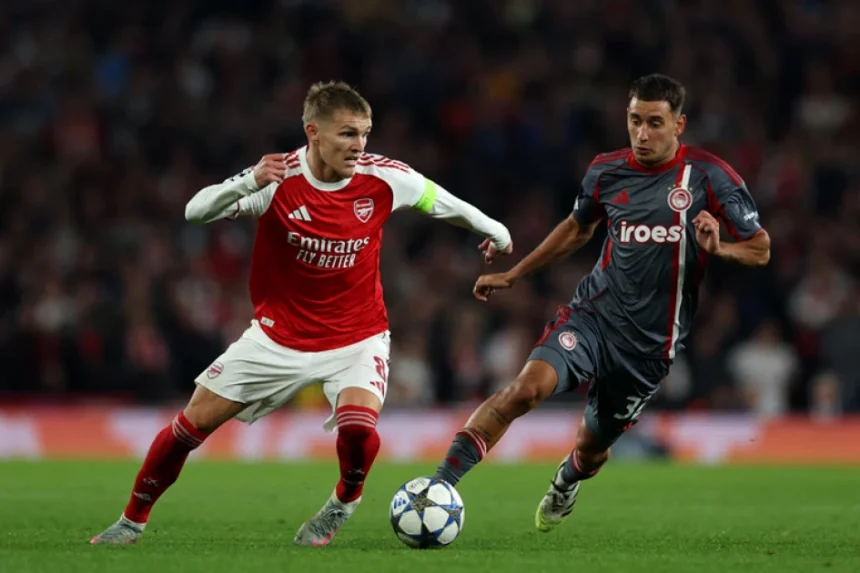When Mikel Arteta labels a player “dangerous,” it’s not a throwaway compliment. It’s a precise, tactical acknowledgement of a weapon he has deliberately sharpened and deployed. His recent comments on Martin Odegaard having “the freedom to shine” are not an admission of laissez-faire management; they are the key to understanding a meticulously designed system that turns the Norwegian captain into Arsenal’s prime conductor.
For years, the classic number 10 was a luxury player, often defensively suspect, operating in a fixed zone between the lines. Arteta’s Odegaard is a different beast entirely. His “freedom” is not freedom from responsibility, but freedom within a complex, coordinated structure.
The Nature of Odegaard’s “Freedom”
Arteta doesn’t give Odegaard a blank cheque. He gives him a sophisticated mandate: “Find the weak point, and we will cover for you.” This manifests in several ways:
-
Lateral Roaming: Unlike a traditional 10, Odegaard is not tethered to the centre-circle. He constantly drifts into the half-spaces on either flank. When Bukayo Saka is doubled up on, Odegaard appears as an overload and passing option. When the left side is congested, he shifts to find pockets of space. This lateral movement makes him a nightmare for opposition holding midfielders who don’t know whether to track him and leave their post or hold position and let him receive the ball.
-
The “First Defender” Press: Odegaard’s freedom starts with his defensive work rate. Arteta’s system relies on a coordinated press, and Odegaard is often the trigger. His intelligence in cutting off passing lanes and pressing opposition deep-lying playmakers is what allows him the license to roam when Arsenal wins the ball back. He earns his creative freedom with defensive diligence.
-
Fluid Interchange with the Right 8: The relationship with the right-sided #8 (often Kai Havertz or a roaming attacker) is crucial. They perform a constant, silent dance, exchanging positions to confuse markers. Odegaard can drop deep to collect the ball from the defence, while the #8 makes a forward run, dragging defenders and creating chaos.
Why This Makes Him “Dangerous”
The result of this structured freedom is a player who is statistically and visually omnipresent. He is the league’s leading chance-creator from open play, not because he stands in one place waiting for the ball, but because he is constantly in motion, probing for openings.
His “danger” lies in his unpredictability within a predictable system. Opponents know Arsenal will build from the back, dominate possession, and look to create overloads. But they cannot pin down Odegaard. He is the ghost in the machine, the variable that makes Arsenal’s attacking play so fluid and potent. Arteta hasn’t set Odegaard free; he has built the entire orchestra to follow his conductor’s lead, and the music is becoming symphonic.









